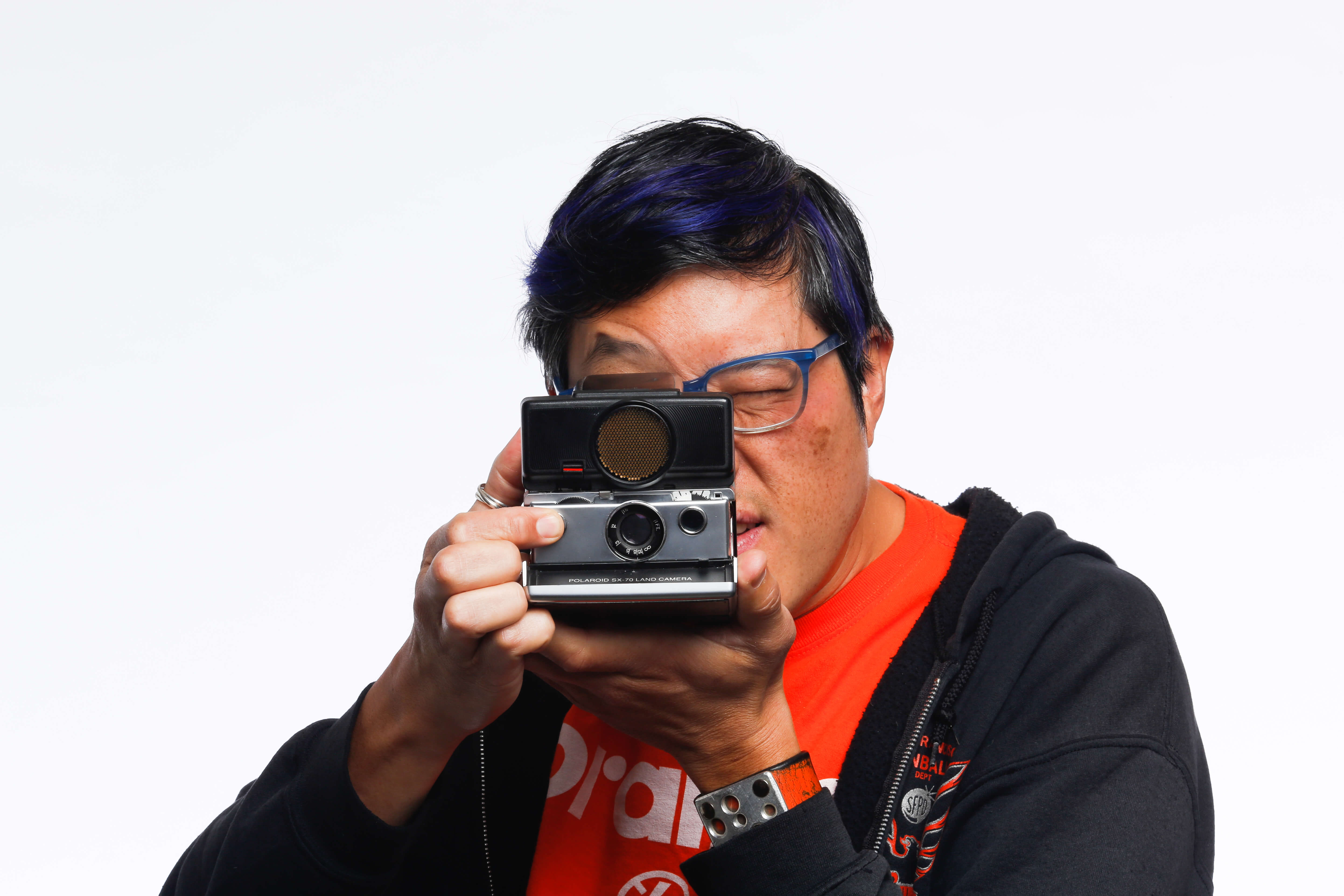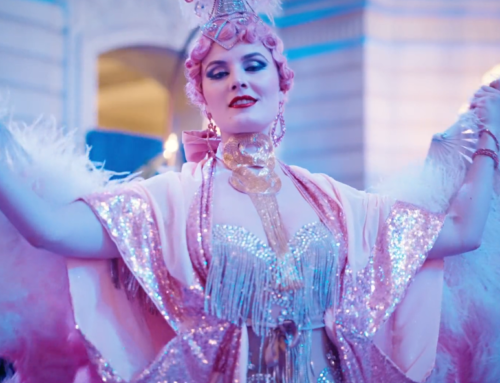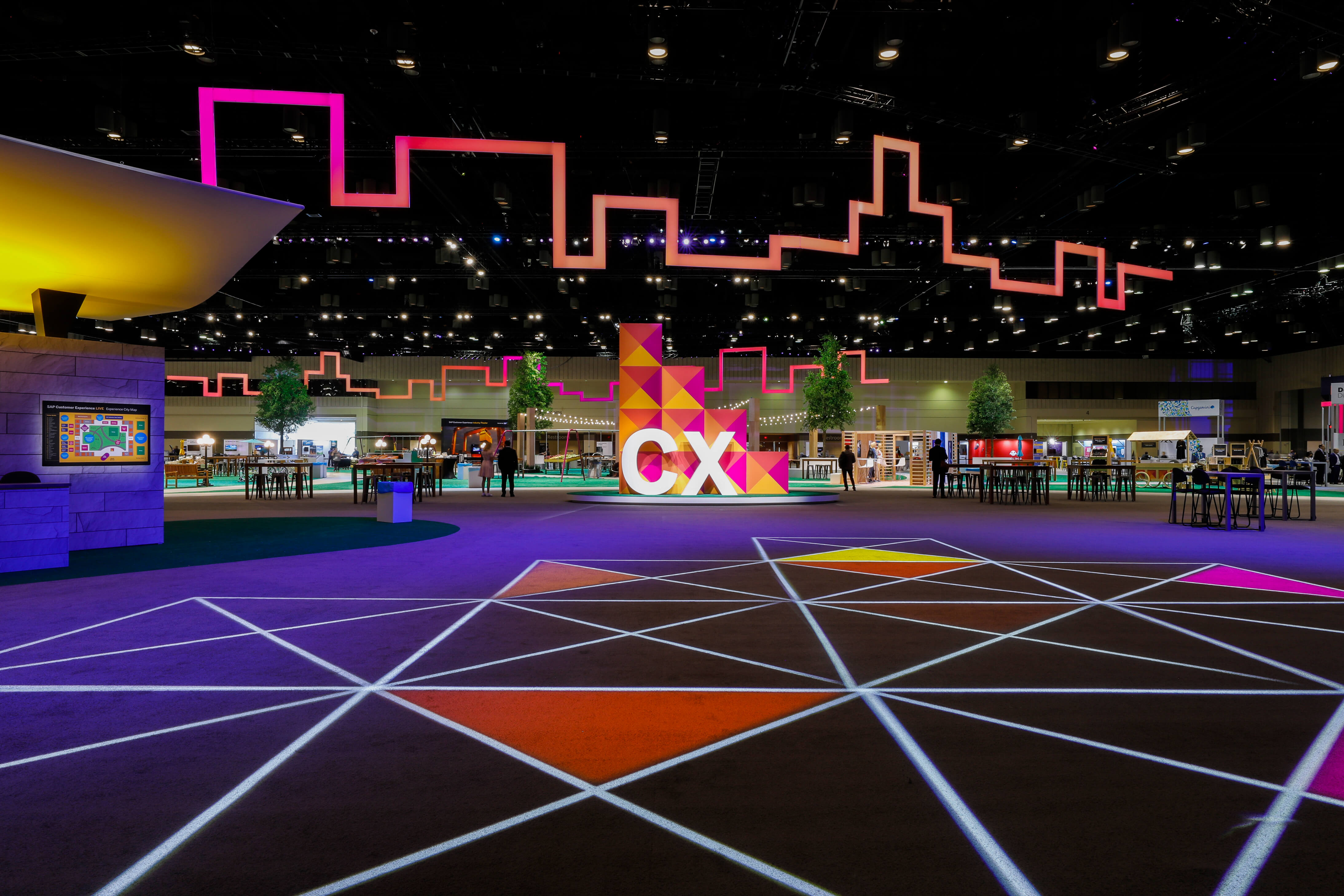
Often times, when planning an event, you can just hire a photographer and rely on them to do their thing. But there are always ways to help them out so they can position themselves to get the best images out of the event as possible.
After all, getting great shots out of your event is a significant way to drive anticipation for your potential guests. In fact, the images can turn out to be an essential way in getting potential attendees to commit to your event. There’s even been some research that shows users may or may not bounce off a website after visiting their event page because they rely on the images to help them understand what to expect from it.
The thing is, these potential guests will rely on images to decide whether or not they want to attend, and past guests will use them to relive their experiences and share them afterwards. Therefore, you want to position your event to tell the story or message that you want! So we came up with this guide to help event organizers get an idea of what event photographers are looking for in order to end up with the best images possible.
What is the goal of the photography?
With this in mind, our pros can figure out how best to capture that to leverage the creativity of our team/the photographer. Here’s some topics you should discuss:
- What kind of shots do you need? This can consist of group photos, candids, establishing shots of building interior/exterior, branding and details, etc.
- How will the shots be used? On the website? as a marketing asset? The clearer you are the easier it is for the photographer to focus on the right subjects and style you’re looking for.
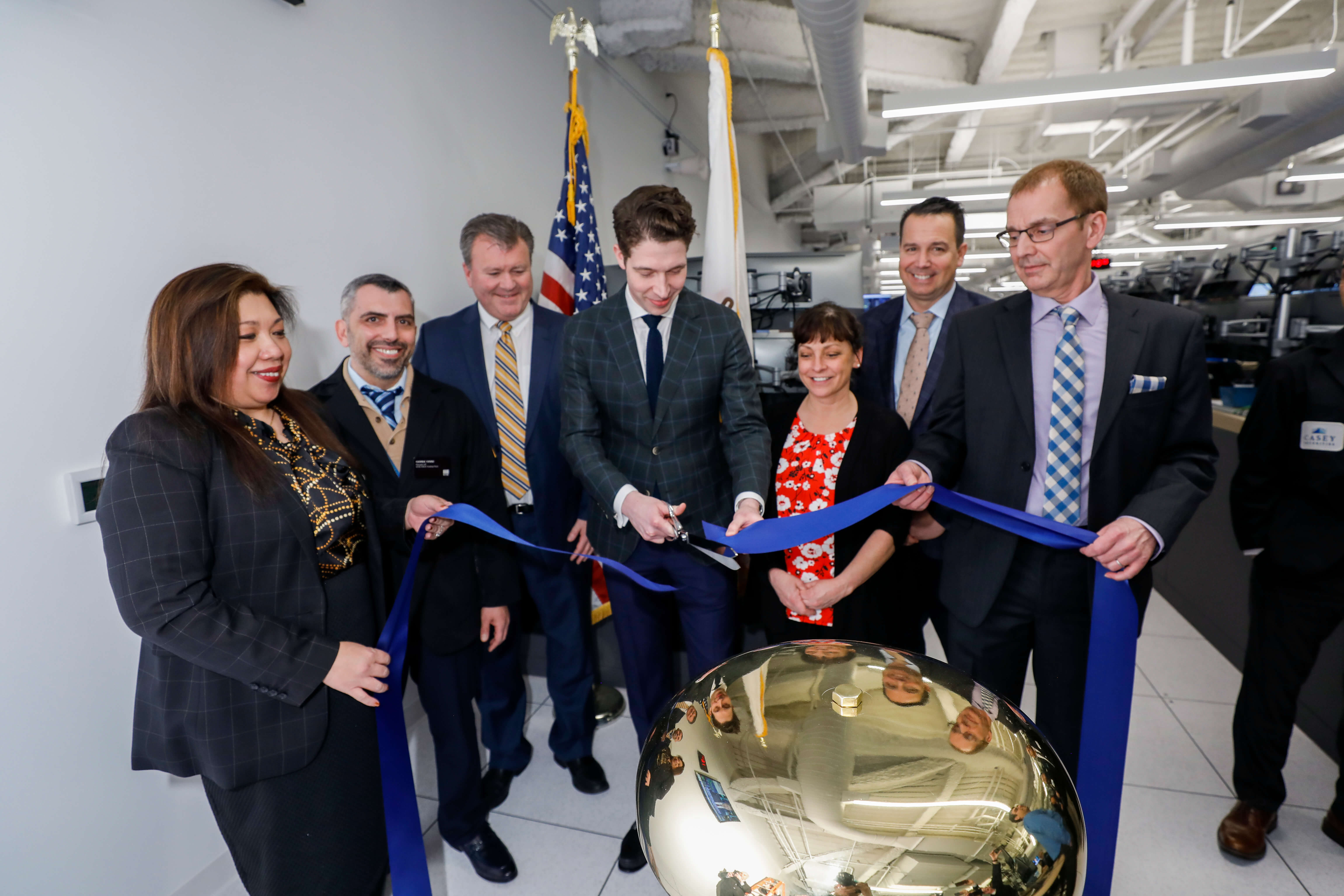
Provide them with a schedule and agenda of key moments to capture
It’s standard practice to give a timeline or agenda for the day so the photographer isn’t running around trying to figure out what’s happening or the subject of focus. The schedule should note the time and locations of key occurrences so your photographer can be in the right spot when they take place.
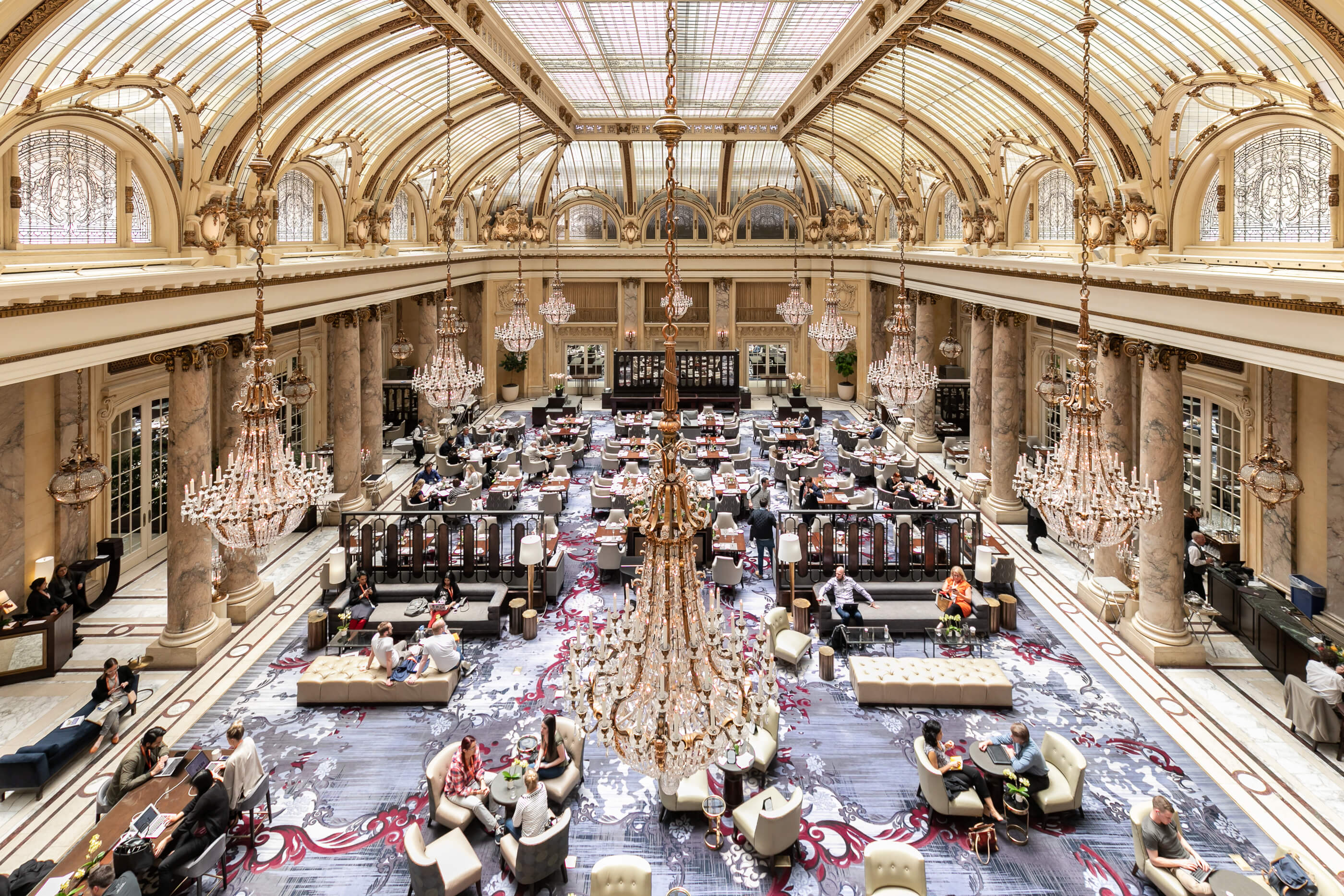
Introduce them to the venue
This is so photographers know the key access points, the main areas of activity, and the general structures or decor in the room. This gives the photographer the chance to point out any issues with the environment that they can plan for beforehand. Providing them will a layout or images of the venue is helpful for them to visualize how they want to plan their shots. And if it’s a large event, a quick tour of the venue will also be very beneficial. If it applies, also indicate the designated areas that are restricted and shouldn’t be accessed.
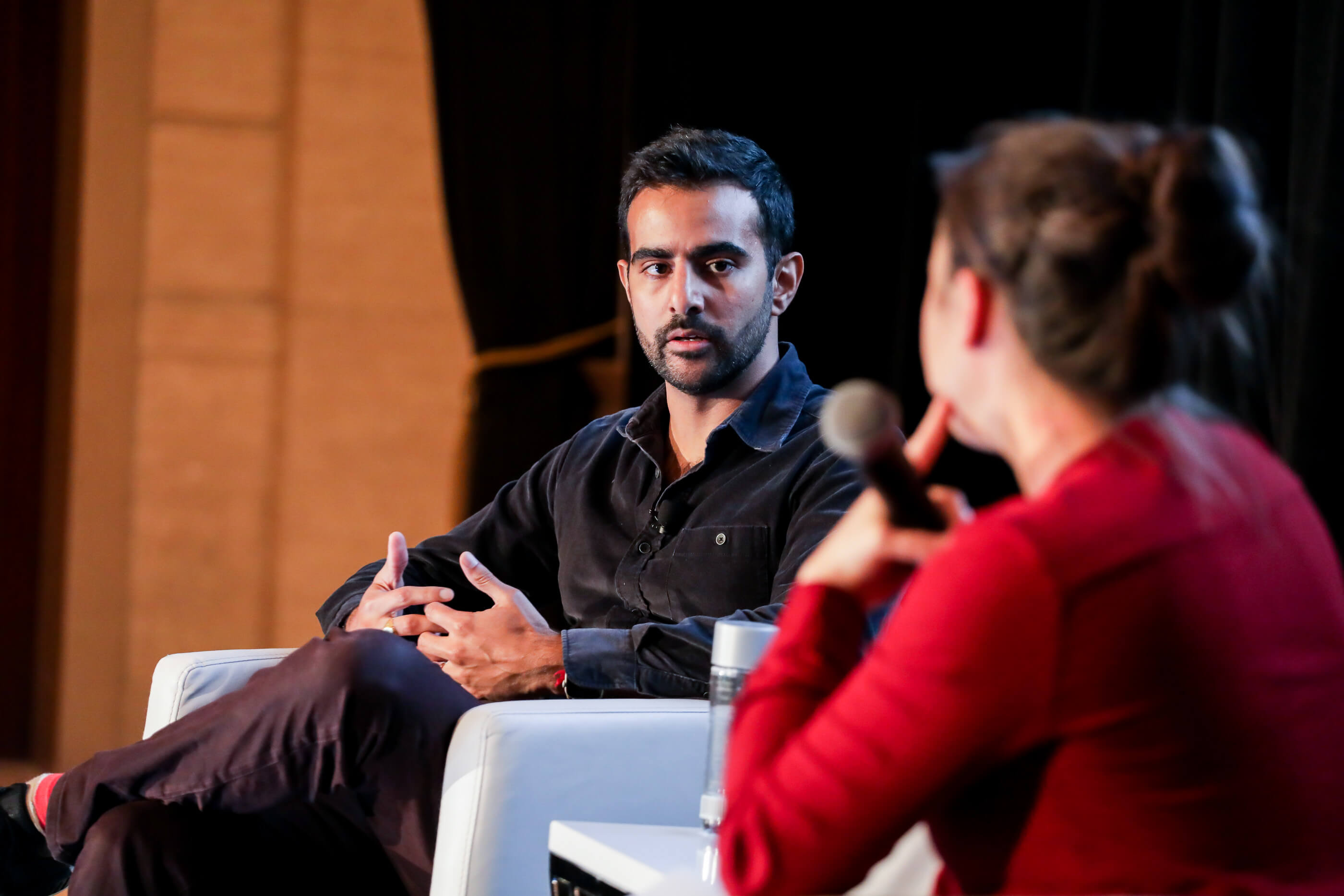
Indicate specific key individuals or items to be photographed
Sometimes, it’s obvious (the speaker, the honored guest, etc), other times, less obvious (a major donor, a board chairperson, etc.).
Understanding who to focus on will save the photographer a lot of mental energy from figuring it out themselves. Also let them know where the subjects will be entering and exiting from or speaking.
Setting up the environment
Keep the area free of clutter and distracting items that you’d prefer not to be in the shots. Or if there’s anything specifically you don’t want to be photographed. Verbally express these things to the photographer when they arrive.
Clean up any props or equipment that will be in the shots so they look presentable and put the event in the best light.
Lighting – this is biggest factor in putting photographers in the best position to take quality photographs. We usually want to avoid using flash if it’s not a nighttime event because artificial lighting can make the image feel unnatural/too much like a photograph and out of the moment. So try to make sure all of the important areas where there will be speakers are well lit.
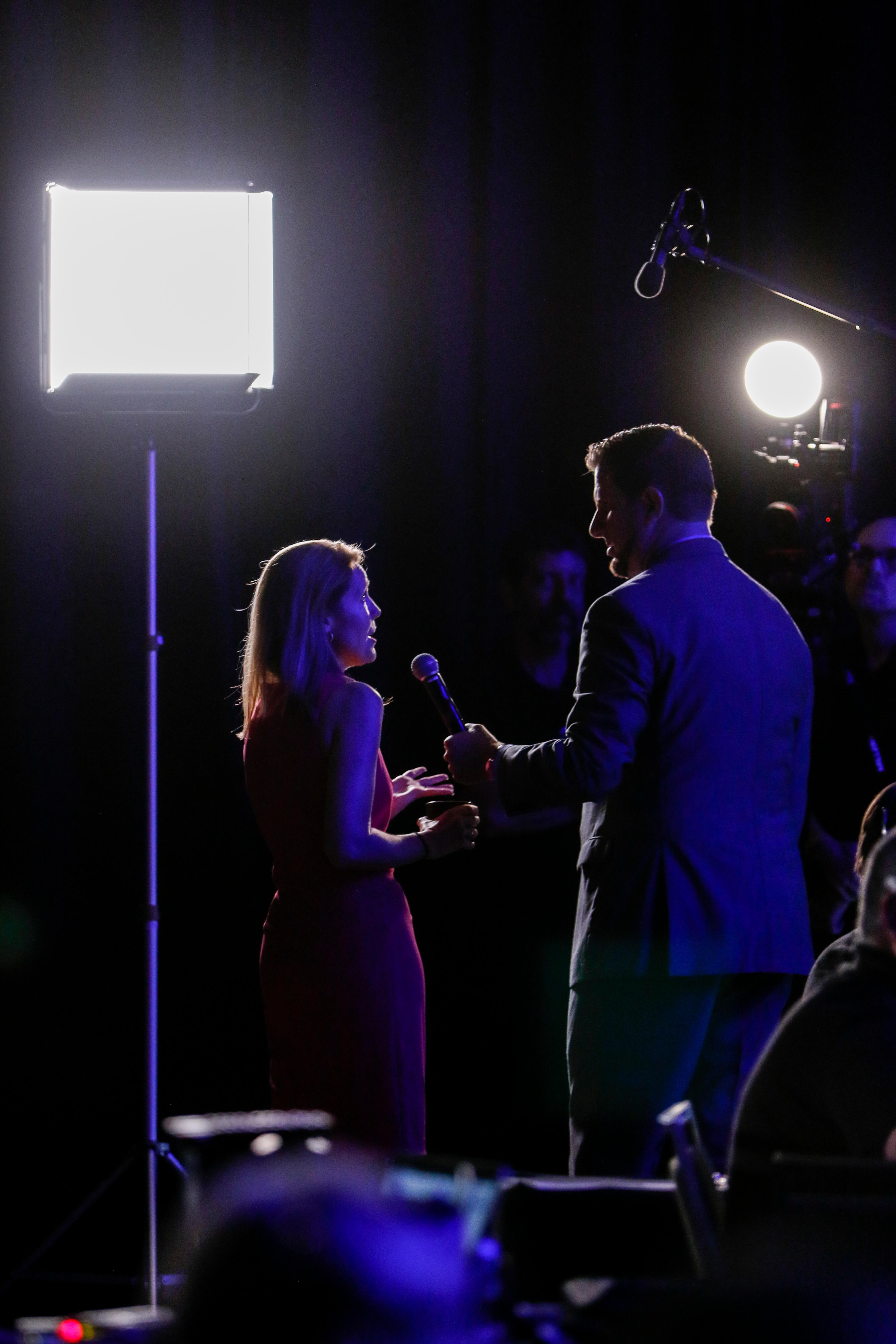
A pro can compensate for lighting but mixed lighting can present challenges. Also just considering lighting as a whole is really important to having great images. The better the lighting is overall, the less the photographer has to do and when there’s nice, even lighting, then photographers can more easily create fantastic images without flash, which can be distracting. – Gene X Hwang
Lighting types – You want to avoid mixed lighting as much as possible because this can effect the color balance of images. Fluorescent lighting can be challenging because it changes the tone of skin. Photographers can adjust by changing the white balance settings but it’s preferable to not have to do that unless necessary.

Organizers
Make sure everyone on the events team knows when the photography will take place so they’ll be on the same page and prepared. And when the photographer arrives, everyone is aware of the plan and can make the best out of the photographer’s time.
Shotlist
A shot list is a list of the images that you want at the end of the event. It can be pictures of an empty venue, branding materials, candid of guests mingling, the speaker on stage, and so on. This is not always necessary but if you have a vision in mind of the shots you’d like by the end of the event, it’s important to communicate that to the photographer so they’re prepared and make sure to get it.

Additional information
It’s always helpful to communicate some logistical information to your photographer so everyone’s on the same page. This means how many images you generally expect, the turnaround time, or the amount of retouching needed. Sometimes there are restrictions on individuals who we shouldn’t photograph or if there’s a specific dress code other than all black, it’s important to communicate that to your photographer as well.
Final thoughts
On the photographer side, it’s also our duty to present these questions before the event takes place. We always ask our clients to fill out a survey prior to the event to get a general idea of what they’re envisioning.
While it’s important to get the usual posed “grip and grin” shots, it can often get repetitive, therefore trust your photographer’s creativity and you’ll get some lasting shots that you can use for a long time!
